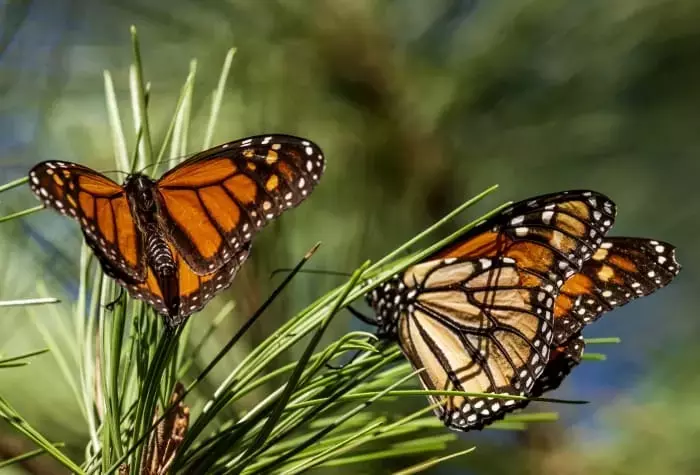
Safeguarding the Monarch's Migratory Masterpiece
The Monarch's Plight: A Vanishing Spectacle
The Monarch butterflies thrive in prairies and grassy areas, where they can find an abundance of milkweed and nectar-rich flowers. These vital resources not only sustain the Monarchs during their migration but also provide the necessary conditions for their reproduction and survival. Tragically, the loss of these habitats has taken a devastating toll on the Monarch population, with the National Wildlife Federation reporting a staggering 90% decrease in recent decades.The implications of this decline extend far beyond the Monarch's own well-being. These small, yet mighty, insects play a crucial role in the pollination of a wide range of fruits and vegetables, including blueberries, strawberries, and peaches. In fact, the U.S. Department of Agriculture estimates that one out of every three bites of food we consume is the result of pollination by creatures like the Monarch butterfly. As their numbers dwindle, the impact on our food supply could be significant, potentially disrupting the delicate balance of our agricultural ecosystems.
Restoring the Monarch's Migratory Corridors
Recognizing the urgent need to protect the Monarch butterfly, a study is currently underway to determine if the species should be placed on the endangered species list. This designation would unlock critical resources and conservation efforts to safeguard the Monarch's future. However, the responsibility to preserve these magnificent creatures extends beyond government initiatives – it lies with each and every one of us.By taking simple steps in our own backyards and communities, we can play a vital role in supporting the Monarch's recovery. Planting milkweed, the primary food source for Monarch caterpillars, is a crucial first step. Incorporating a diverse array of nectar-rich flowers into our gardens can also provide much-needed sustenance for the adult butterflies during their long journey. Additionally, avoiding the use of harmful pesticides and chemicals can help create a safe haven for Monarchs and other pollinators to thrive.
Celebrating the Monarch's Majestic Migration
As the Monarch butterflies take flight each fall, their journey serves as a reminder of the delicate balance of our natural world and the vital role we all play in its preservation. By embracing the Monarch's plight and taking action to protect their habitats, we can ensure that future generations will be able to witness the awe-inspiring spectacle of these magnificent creatures soaring through the skies of Texas.So, as you step outside this autumn, keep your eyes peeled for the fluttering orange wings of the Monarch. Snap a photo and share it with us on Click2Pins – let's celebrate the Monarch's resilience and inspire others to join us in safeguarding this natural wonder. Together, we can write the next chapter in the Monarch's enduring legacy, ensuring that their migratory masterpiece continues to captivate and inspire us for years to come.
